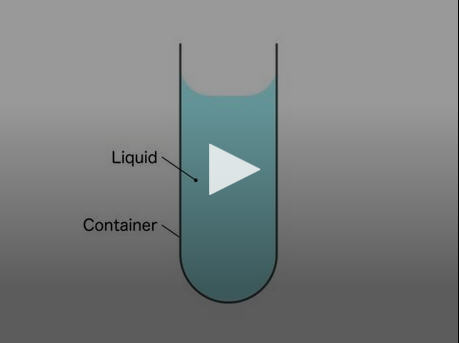Microjet generator for highly viscous fluids

Video: This is a liquid jet generator with highly viscous fluids. The device consists simple structure and can eject highly viscous liquid and nail polish (viscous non-Newtonian liquid). Credit: Tokyo University of Agriculture and Technology, Tagawa Yoshiyuki Lab
Liquid jet is utilized in various key technologies such as inkjet printing. However, most methods can eject only low viscosity liquid, which is almost the same viscosity of water.
This limitation of the viscosity causes the blurring and dulling color of the ink. To solve these problems, the method of ejecting highly viscous liquid jet is required.
Researchers at Tokyo University of Agriculture and Technology have newly proposed a device of generating microjet with high viscosity, like a honey. To produce the viscous liquid jets, we use an impulsive force i.e. the liquid jet is induced by adding an impact applied at the bottom of a liquid-filled container.
Moreover our device relies on additional trick: the wettable thin tube is inserted into the liquid, where liquid level inside the tube is kept deeper than that outside the tube. We find that the liquid inside the tube is significantly accelerated thanks to this trick.
As a result, our device can eject a liquid jet with high viscousity, which is more than 1,000 times viscos than water and with non-Newtonian properties such as nail polish. We have also revealed the mechanism of our device via conducting experiments and numerical simulations.
Our device overcomes the existing problems such as the limitation of the viscosity and solidifies the base for the next generation manufacturing such as 3D manufacturing and biological printings.
###
This work was supported by JSPS KAKENHI Grant Numbers 26709007,17H01246,17J06711.”
Media Contact
All latest news from the category: Agricultural and Forestry Science
Newest articles

Sea slugs inspire highly stretchable biomedical sensor
USC Viterbi School of Engineering researcher Hangbo Zhao presents findings on highly stretchable and customizable microneedles for application in fields including neuroscience, tissue engineering, and wearable bioelectronics. The revolution in…

Twisting and binding matter waves with photons in a cavity
Precisely measuring the energy states of individual atoms has been a historical challenge for physicists due to atomic recoil. When an atom interacts with a photon, the atom “recoils” in…

Nanotubes, nanoparticles, and antibodies detect tiny amounts of fentanyl
New sensor is six orders of magnitude more sensitive than the next best thing. A research team at Pitt led by Alexander Star, a chemistry professor in the Kenneth P. Dietrich…





















